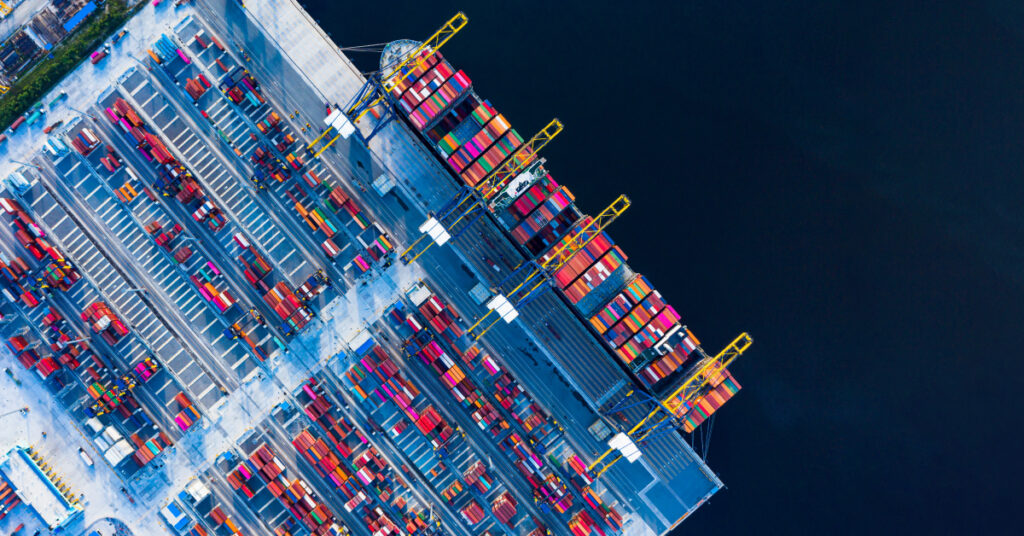The movement of goods across different transportation modes during a shipment’s journey to its final destination, transloading is a popular choice for companies that want to improve efficiencies, save money and leverage the strength of multiple modes.
With transloading, the goods stay in the same container for the entire journey—even as they’re switched from ship to truck to train. It’s a particularly good choice for moving goods over long distances, and it can help offset port challenges and rising transportation costs.
For example, a shipment of bulk goods might be loaded onto a truck at the point of origin, be transferred to rail cars at a transload facility, and finally moved to another flatbed truck for delivery to the final destination.
“Transloading can also transfer cargo between containers or vehicles from a shipping container to a smaller container or a trailer,” Inbound Logistics points out. “This improves the efficiency of the shipping process by allowing bulk goods to move using the most appropriate mode of transportation for each leg of the journey.”
Transloading can help shippers overcome logistical challenges like a lack of direct shipping routes or the need to transport goods through an area with limited road access. “The process can reduce the cost of transportation and can also be used to overcome transportation bottlenecks or other logistics challenges,” the publication adds.
Transloading Gains in Popularity
Transloading emerged as a popular transportation option during the COVID years, when freight costs were skyrocketing and capacity was extremely tight. More recently, the new port challenges, supply chain disruptions and ocean vessel diversions are driving shippers to explore this option.
“Logistics companies tell CNBC that U.S. importers are requesting this type of service more frequently as they move more freight on new routes as a result of the Red Sea diversions and the Panama Canal drought restrictions,” Lori Ann LaRocco writes in A trucking and rail strategy that boomed during pandemic shocks is heating up again.
According to CNBC, the increased use of transloading comes as U.S. importers are “dispersing their freight to international multiple ports in an effort to be nimble.
“Instead of sending containers into one port where the contents are then divided and dispersed, the freight is divided overseas and placed in multiple containers sailing to different ports, closer to respective distribution centers,” it continues. “The smaller freight loads save importers both time and money.”
Align with a Strong Logistics Partner
For best results, shippers should select a logistic partner that has deep expertise in the transloading space, which requires different skillsets and knowledge to navigate successfully. Experienced transloading partners know the intricacies of freight handling, equipment operation, and regulatory compliance, and can develop optimal transfer plans that meet your company’s needs. Odyssey’s years of expertise in warehousing, transloading, multi-modal shipments loading, blocking and bracing—coupled with our best-in-class warehouse management system—provides a seamless transition of freight across all modes and onto the final mile delivery to your customer. We offer scalable transloading services that help you meet market demands by efficiently moving goods between transport modes en route to their final destinations. Contact us to learn more.








